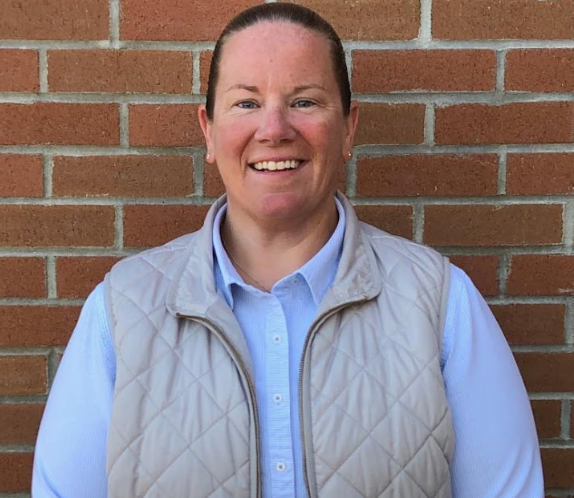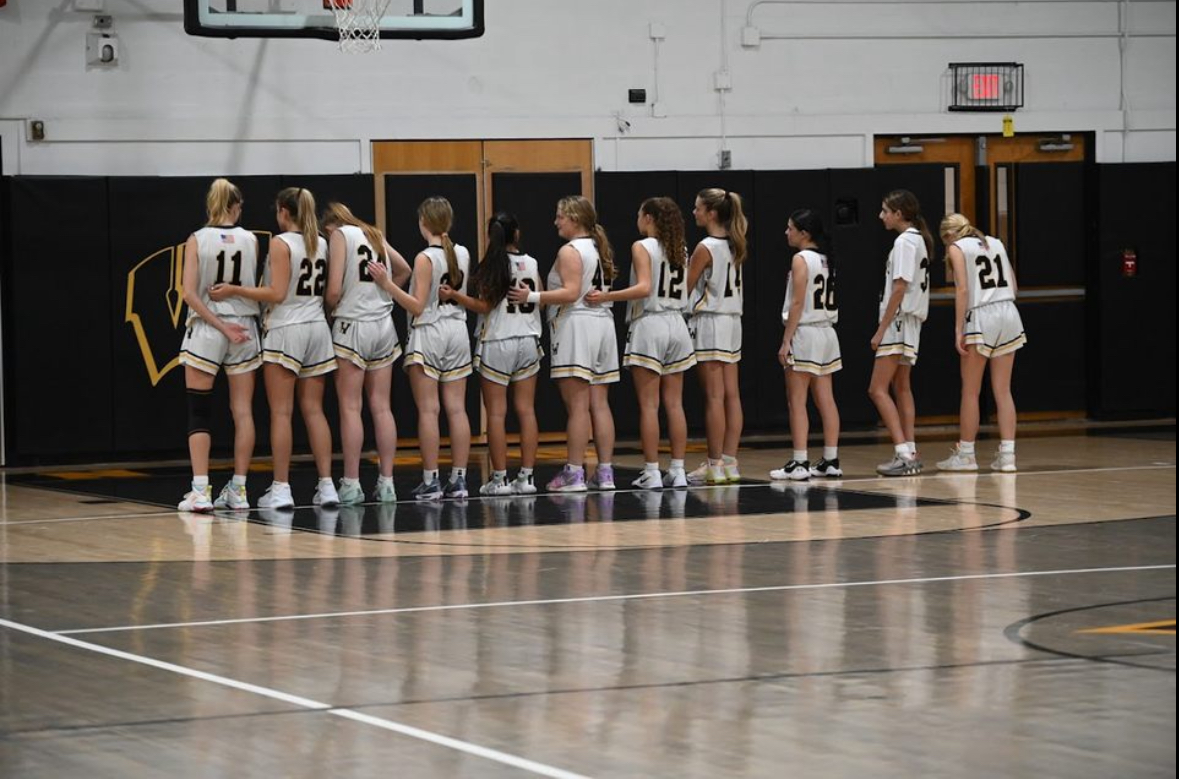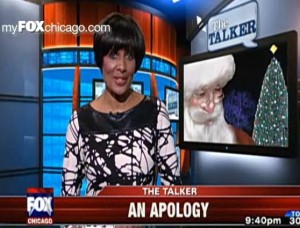Yes, Virginia, there is a Santa Claus.” In 1897, eight-year-old Virginia O’Hanlon made history when she sent a letter to the editor if New York’s The Sun newspaper, Francis Pharcellus Church, asking for the truth that all kids will eventually wonder: Is Santa Claus real?
Most adults would respond to kids that share the same skepticism as O’Hanlon by telling them that although Santa Claus can’t be seen, it technically has not been proven that he isn’t real; hence, he is as real as anything else people believe in. Although children must eventually be exposed to the reality of the truth and the “grown-up” world, why not allow them to believe in Santa Claus, rather than strip a child of their youth and spirit?
Santa Claus stories expand childrens imaginations, and also help them believe in something that creates happiness and excitement. Each December, children look forward to mailing Santa a letter, leaving cookies out, and waking up to see what gifts he brought. The story of Santa Claus makes Christmas magical for kids. Parents usually hide the truth from their kids until they reach a certain age, but it seems this year some adults believe that they should shatter kids’ beliefs and expose jolly ol’ Saint Nicholas.
In early December, a rather grinch-like Fox News Chicago anchor, Robin Robinson, “stole Christmas” and disrupted the spirit that has flooded the air, when she denied that Santa Claus is real to her cohost, Bob Sirott. Live on the air, Robinson stated, “Stop trying to convince your kids that Santa is Santa. That’s why they have these high expectations. They know you can’t afford it, so what do they do? Just ask some man in a red suit. There is no Santa.” After making these harsh accusations, adults worldwide reacted to the Fox News broadcast with anger; after realizing the negative feedback, Robinson later retracted her statement.
A similar incident made headlines when a second grade teacher from George W. Miller Elementary School in Nanuet, N.Y., shared with her students that there is no Santa Claus during a geographical lesson about the North Pole. Parents were angered, agreeing that the teacher had no right to share this with their children who, being in second grade, still wait the month of December for Santa to come down their chimney.
So why would an adult try to break the belief in Santa Claus when it doesn’t affect them? Many parents were aggravated that news reporter Robinson would have the audacity to say something on air when their kids could have been watching. Children who believe in Santa get to experience a magestical world- why would anyone try to deny them of that? Believing in Santa leads to question, wonder, and open-mindedness. Robinson may believe that kids ask Santa for gifts because their parents can’t afford it, but really, kids write to Santa because they have hope in him. Like in The Polar Express, only those who can hear the bell ring have hope in Santa. Many children have loyalty to Santa Claus- something that adults should admire, not take away.












